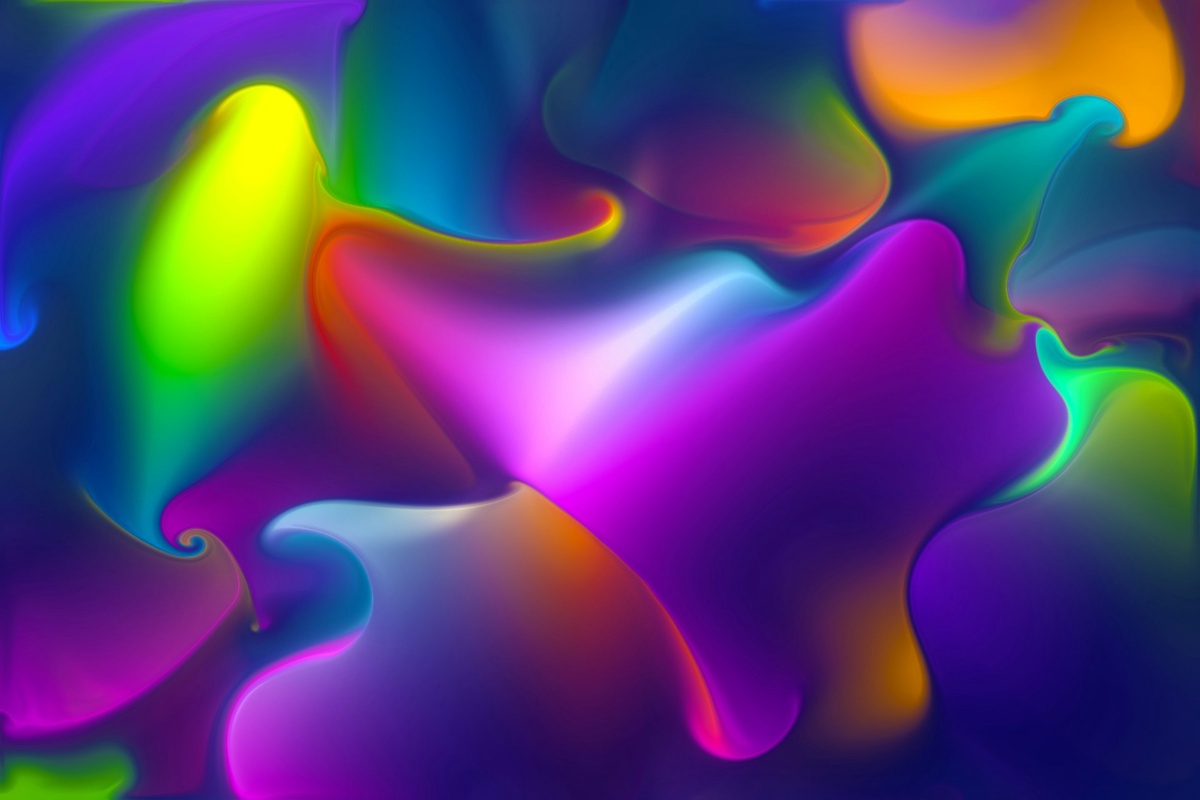Introduction
In recent years, the fusion of artificial intelligence (AI) and art, much like the innovation seen with MCC Panel Manufacturers in the industrial sector, has sparked a fascinating evolution in creative expression, challenging traditional boundaries and expanding the horizons of what can be achieved. This intersection is not merely a technological innovation but a profound shift in how art is conceived, created, and perceived, illustrating the broad impact of advanced technologies across various fields.
As AI continues to advance, artists and technologists alike are exploring new possibilities, creating works that resonate with both complexity and profound beauty.
This blog post explores how AI is influencing art, the benefits and challenges it brings, and what this means for the future of creativity.
AI in the Artistic Process
The integration of AI into the artistic process has opened new avenues for creators who are using technology to push the limits of imagination. AI algorithms can analyze vast amounts of data, learning styles, and techniques from existing artworks and then apply this learning to generate unique pieces. This capability enables artists to experiment with and explore styles and patterns that would be incredibly time-consuming or even impossible to achieve by human hands alone.
One of the most prominent applications of AI in art is through generative adversarial networks (GANs). These AI systems learn to create artworks by pitting two neural networks against each other: one generates new images, while the other evaluates them against a training set of human-created art. The results are often innovative and surreal, pushing the boundaries of traditional visual aesthetics.
Collaboration between Artists and AI
The role of AI in art is not to replace the artist but to serve as a collaborator in the creative process. By handling the labor-intensive or complex parts of creation, AI allows artists to focus more on the conceptual and visionary aspects of their work. For instance, AI can suggest modifications and alternatives in design, propose color schemes based on emotional tone, or even help in sculpting perfect symmetries and proportions in visual pieces.
Artists like Refik Anadol and Sougwen Chung are notable examples of how human creativity combined with machine intelligence can produce extraordinary outcomes. Anadol's work uses data patterns and AI to create mesmerizing, immersive digital environments, while Chung explores robotic collaboration, where she and a robot arm simultaneously draw sketches, blurring the lines between human and machine-made art.
Ethical Considerations and Authorship
The rise of AI in art raises important questions about authorship and originality. When an AI creates a piece of art, who is the real artist? Is it the creator of the algorithm, the AI itself, or some combination of both? These questions challenge our traditional understandings of creativity and push us to reconsider the role of the artist in the age of machines.
Furthermore, there are ethical concerns regarding the use of AI in replicating the styles of historical artists or living artists without consent. This situation poses risks of copyright infringement and the potential devaluation of original artworks.
Impact on Artistic Expression and Accessibility
AI democratizes art production, making it more accessible to non-artists. With AI tools, individuals without formal artistic training can create complex artworks, which opens up the realm of artistic expression to a broader audience. This accessibility can be particularly empowering for people with physical disabilities who can use AI to express themselves artistically in ways that were previously inaccessible.
However, there is a concern that AI could homogenize art, leading to a saturation of similar styles or stifling genuine creativity under the weight of algorithmically generated content. The art community must address these challenges, ensuring that AI serves as an enhancer rather than a suppressor of creativity.
The Future of AI and Art
As technology continues to evolve, the potential of AI in art is boundless. Future developments could see AI not only mimicking existing art forms but also creating entirely new forms of artistic expression.
The ongoing collaboration between AI developers and artists is key to navigating the ethical landscape and pushing the creative possibilities of AI in art.
Conclusion
The intersection of AI and art is one of the most exciting frontiers in modern creative expression, similar to the way advancements in Electrical Panel technology are reshaping industrial processes. It challenges our perceptions, ethics, and even the definition of art itself.
As AI becomes increasingly sophisticated, the collaboration between human intellect and machine intelligence, much like the integration of smart Electrical Panels in automation, promises to usher in not just new artworks but new ways of thinking about creativity and expression.
This revolution is not just about technology; it's about expanding the canvas of human experience and expression in profound and exhilarating ways.


No comments yet